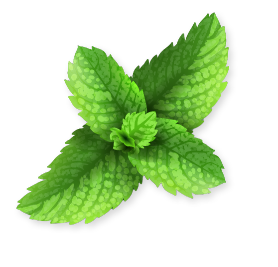- Primary Open-Angle Glaucoma: Slow clogging of the drainage canals, leading to increased eye pressure. Gradual and often asymptomatic until advanced stages.
- Angle-Closure Glaucoma: The iris bulges forward, narrowing or blocking the drainage angle formed by the cornea and iris. Rapid, with sudden symptoms, requiring immediate medical attention.
- Normal-Tension Glaucoma: Damage to the optic nerve despite normal IOP levels. Similar to open-angle glaucoma but without elevated IOP.
- Congenital Glaucoma: A rare condition present at birth due to improper development of the eye’s drainage system. Requires early intervention to prevent severe vision loss.
WHAT IS GLAUCOMA?
Glaucoma is a group of eye conditions that damage the optic nerve, which is vital for vision. This damage is often caused by abnormally high pressure in the eye (intraocular pressure).
TYPES
SIGNS & SYMPTOMS
- Gradual Loss of Peripheral Vision: Often unnoticed until significant vision loss has occurred
- Tunnel Vision: In advanced stages, vision becomes increasingly narrowed.
- Severe Eye Pain: Often accompanied by headache.
- Blurred Vision: Sudden blurriness and vision disturbances.
- Halos Around Lights: Seeing coloured rings around lights.
- Nausea and Vomiting: Due to the rapid increase in intraocular pressure.
- Redness of the Eye: Often a sign of inflammation.
CAUSES
- Blocked Drainage Channels: Aqueous humor does not drain properly, causing fluid build up and increased pressure.
- Overproduction of Aqueous Humor: The eye produces too much fluid, leading to increased pressure.
- Optic Nerve Damage: High IOP can damage the optic nerve fibers, leading to vision loss.
- Genetics: A family history of glaucoma significantly increases the risk.
TREATMENT AT SANJEEVANAM
At Sanjeevanam, treatments for Glaucoma aim to balance the body’s doshas, enhancing eye health and overall wellness. These therapies improve ocular circulation, naturally lower intraocular pressure, and protect the optic nerve to promote long-term vision health.
- Panchakarma Therapies: Virechana (Purgation) and Nasya (Nasal Administration) aid in detoxifying the body, releasing pressure, and promoting systemic balance.
- Eye-Specific Treatments: Netra Seka (therapeutic pouring of medicated liquids over the eyes) and Aschotana (herbal eye drops) rejuvenate eye tissues, improve circulation, and soothe irritation.
- Dietary Support with Antioxidants: A diet rich in antioxidants and essential nutrients supports eye function and offers natural protection against oxidative stress.
BOOK APPOINTMENT
























